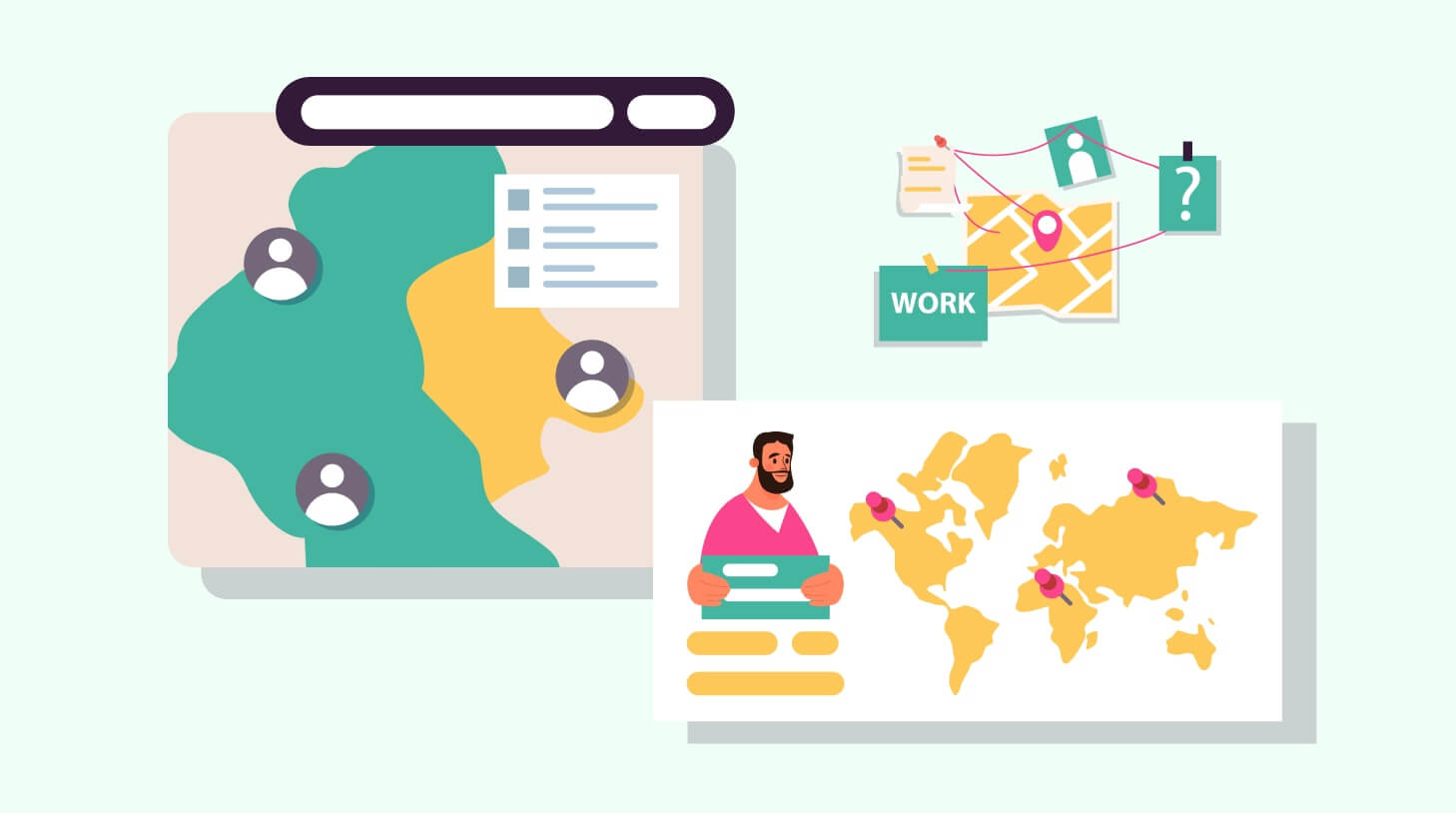Onboarding software: why it’s important and how tech helps
Talent is the not-so-secret ingredient that keeps your business running like a well-oiled machine and has the power to build momentum towards lasting success.

The process of recruiting, hiring, and onboarding new employees is critical to attracting and retaining top team members and there are a lot of moving pieces involved with successfully transitioning someone from a potential candidate to a productive employee.
Even a minor malfunction in the onboarding experience can have consequences that lead to an eventual breakdown.
The best HR onboarding software helps establish an organized workflow, automates time-intensive tasks, improves the employee experience, and increases productivity, allowing human resources professionals and new hires to focus on the work that really matters.
Contents
Why is employee onboarding important?
Employee onboarding is more than filing some paperwork and making a few introductions; it’s the first impression new hires have of your organization.
Onboarding is an opportunity to showcase your company culture, demonstrate core values, build rapport between team members, and welcome new employees to an environment that supports their growth and appreciates their talent.
The importance of onboarding can’t be understated. Aside from introducing a pleasant and positive workplace, a successful onboarding program also streamlines the logistical details of incorporating a new employee into your organization.
Important information and documentation is collected, company policies are shared, equipment and accounts are activated, and training procedures are established to familiarize employees with their new role.
Why is onboarding important? It’s more than just orientation; it’s a multi-faceted process with a wide-reaching impact on employees and businesses alike. A breakdown in the onboarding workflow can affect everything from brand reputation to the legal liability of compliance issues.
Establishing a proper onboarding process can save time, money, and the hassle of inconvenience for you, your employees, and your business.
What are the phases of onboarding?
Although onboarding is not a standardized, one-size-fits-all process, there are generally four different phases of turning a candidate into a colleague:
1. Pre-Onboarding
When the hiring process ends and a candidate formally accepts an offer, onboarding procedures officially begin with the pre-onboarding phase. At this point, the candidate doesn’t officially work for your organization yet; they’re often satisfying obligations to their past employer and wrapping up existing work.
The pre-onboarding phase includes signing documents, deciding on a start date, and arranging training, equipment ordering, workspace, and software access, and providing information on company policies and benefits.
This is the beginning of what you hope will be a lasting relationship, so be proactive, helpful, and enthusiastic as you communicate.
2. Welcoming
The welcoming phase takes your relationship from hopeful to official and is an essential element to helping new hires feel at home with your organization. Create an onboarding schedule and a checklist of tasks to share with your employee to help everyone feel more confident about the potential for a strong start.
Make introductions, give your new employee a tour, discuss company policies including time off, attendance, benefits, and payroll, and help new hires get settled into their workspace.
Offering a small welcome gift or arranging an informal lunch can ease new job jitters and make a positive impression. Keep the first day simple, friendly, and informative.
3. Training
The training phase is an opportunity to empower new employees. Creating a comprehensive training strategy leads to greater productivity and inspires confidence in a new role.
Set new hires up for success by arranging a mentorship so that they have a touch point for any questions and arrange for role-specific training to familiarize new team members with the day-to-day tasks and responsibilities associated with their position.
4. Transitioning
The final phase of the onboarding process is when the training wheels come off and new hires coast into their position as established employees. Managers should establish clear expectations and schedule regular check-ins to keep the lines of communication open.
What are the benefits of HR onboarding software?
Onboarding is an important part of integrating new employees into your organization and involves a lot of different components. It’s easy to miss a step or to drop the ball on communication among other responsibilities — especially when onboarding several new hires at once.
A disorganized onboarding process can reflect poorly on your business, making new employees question the quality of communication, management, or company culture in general. It can also create administrative headaches for HR professionals.
Implementing HR onboarding software can help and has a wide range of benefits, including:
- Eases the anxiety of new hires
- Reduces the cost of employee turnover
- Improves new hire productivity
- Ensures workplace compliance
- Promotes employee engagement
- Streamlines HR workflow via task automation
- Increases the rate of new hire retention
- Builds stronger company culture
Who should run the onboarding process?
Onboarding may seem like the responsibility of the human resources department, and it’s true that they manage the majority of the associated tasks. However, onboarding is an ongoing process that should also include management or supervisors.
When it comes to truly understanding the role and its responsibilities, the training phase is the most crucial step of onboarding.
An employee’s manager should be directly involved as they are welcomed to the company, trained for their new role, and transitioned into a regular workload.
How to create an effective onboarding process
Clarity and consistency are two of the most essential elements of creating an effective onboarding program.
Everyone involved should know what needs to happen and when, and the process should be easily duplicated so that it can be established as a routine onboarding workflow.
Using an onboarding template, or implementing a repeatable checklist, can save time, reduce errors, and help make sure no important steps are overlooked.
Opening the channels of communication quickly is also helpful. HR professionals, managers, trainers, and new hires should understand the process, scheduling needs, where to find relevant information, and their point of contact throughout various stages of the onboarding process.
HR onboarding software facilitates every aspect of onboarding, from issuing an offer letter to scheduling performance reviews after your new hire is up and running.
Talent is a valuable asset and new hires are an investment in the success of your organization. An effective onboarding program creates a warm welcome, instills confidence, and reflects well on your business and its employees.
It also helps make everyone’s job easier — from the HR professional juggling a checklist of tasks to a new team member getting familiar with the inner workings of their new career path. HR onboarding software is the ideal tool to guide everyone through the process of supporting the growth of your business and its talent.




